Transparent TT-B Bruksanvisning
Läs gratis den bruksanvisning för Transparent TT-B (52 sidor) i kategorin ej kategoriserat. Guiden har ansetts hjälpsam av 21 personer och har ett genomsnittsbetyg på 3.6 stjärnor baserat på 11 recensioner. Har du en fråga om Transparent TT-B eller vill du ställa frågor till andra användare av produkten? Ställ en fråga
Sida 1/52

Transparent
Turntable
User Manual
Safety Instructions
TT—B/W
Designed and developed by Transparent™ | Stockholm, Sweden
https://transpa.rent transpa.rent
User Manual
Bruksanvisning
Manuel De L'utilisateur
Benutzerhandbuch
Manual De Usuario
ユーザーマニュアル
사용 설명서
透明玻璃唱盘机
Produktspecifikationer
| Varumärke: | Transparent |
| Kategori: | ej kategoriserat |
| Modell: | TT-B |
Behöver du hjälp?
Om du behöver hjälp med Transparent TT-B ställ en fråga nedan och andra användare kommer att svara dig
ej kategoriserat Transparent Manualer
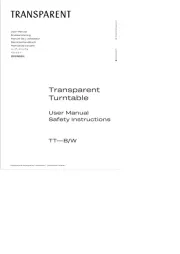
21 Juni 2025
ej kategoriserat Manualer
- Giordani
- Solo
- Proaim
- U-Line
- HK Audio
- Profoto
- Schleich
- Jet-Tech
- Wagner
- Feelworld
- Artsound
- Nitecore
- Nanlite
- Dasqua
- Vollrath
Nyaste ej kategoriserat Manualer

23 Oktober 2025
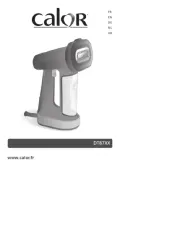
23 Oktober 2025
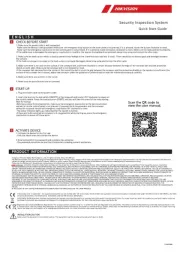
23 Oktober 2025

23 Oktober 2025

23 Oktober 2025
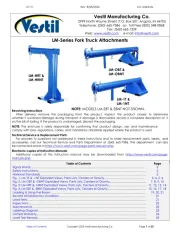
23 Oktober 2025
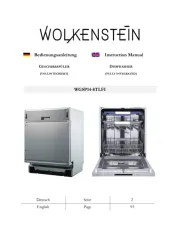
23 Oktober 2025

23 Oktober 2025
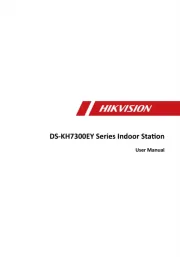
23 Oktober 2025
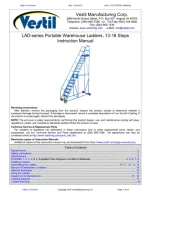
23 Oktober 2025